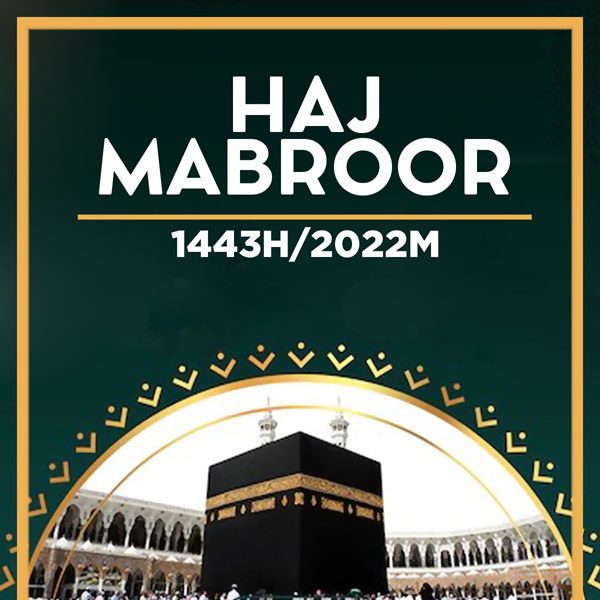


BY Azlan Othman in Arafah, Makkah
One million pilgrims, among them 453 from Brunei Darussalam, embarked on a spiritual journey of a lifetime as the first rituals of the annual haj began.
Haj pilgrims on Friday gathered at the vast tented Arafah to perform the wuquf, the most important ritual marking the climax of the annual pilgrimage, seeking mercy and forgiveness from Allah the Almighty.
Mount Arafah is an hour-long bus ride from Al-Haram Mosque in Makkah.
Pilgrims are especially blessed this year as the Day of Arafah fell on a Friday, commonly known as Haji Akbar, which promises multiple rewards. On the Day of Arafah, pilgrims gather at Mount Arafah to recite talbiyah, zikir, istighfar and Al-Quran as well as supplicate.
Before heading to Arafah, haj pilgrims were given entry passes carrying information on their tent numbers and pebbles for the symbolic ‘stoning of devil’ in Mina.
After Asar prayer on Friday, they gathered outside their tents in an open field to supplicate and seek forgiveness from Allah the Almighty.
Pilgrims from the Sultanate departed their hotels in Makkah on Thursday night and at dawn on Friday, with males dressed in ihram and females in prayer veils.
The Arafah sermon was read in Arabic live from Saudi Arabia, with translations in 14 languages, including Malay.
Member of the Council of Senior Scholars and Secretary General of the Muslim World League (MWL) Sheikh Muhammad Al-Issa, an eminent Saudi scholar, delivered the sermon and led prayers at the Namirah Mosque on the Day of Arafah.
Pilgrims assembled on the hill and its surrounding plain to recite prayers and Al-Quran for hours, staying into the evening.
After Isyak prayer, pilgrims headed to Muzdalifah – halfway between Arafah and Mina – where they gathered pebbles to perform the symbolic stoning of the devil at Jamarat.
In preparation for the Day of Arafah, pilgrims were advised to get adequate rest and to perform their daily prayers at the hotel surau. Shuttle bus services to Al-Haram Mosque were restricted beginning 5th of Zulhijjah, in view of the high number of pilgrims converging at the Grand Mosque.
The moment proved emotional for some pilgrims from the Sultanate as prayers were read prior to their departure to Arafah.
Fadhillah, a retired public servant, prays that all haj rituals come with ease, and advised fellow pilgrims to look after their health and well-being.
Meanwhile, private sector employee Nor said, “Being here is the best thing that has ever happened to me, being able to join hundreds of thousands of pilgrims in the vast plains of Mina.”
This was the first time foreign pilgrims were allowed to perform the haj since the outbreak of COVID-19 pandemic. The restriction meant the annual Islamic ritual was limited to several thousands of Muslims living in the country over the last two years.
Saudi Arabia has since eased travel restrictions and increased the number, allowing a million pilgrims from within and overseas to perform the haj this year.
The haj is one of the five pillars of Islam, obligatory only to those who are healthy, as well as financially and physically able to perform it.
Mount Arafah is the place where Prophet Muhammad (pbuh) delivered his final sermon.
-- Courtesy of Borneo Bulletin